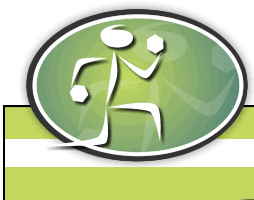

 |
|
Step 1:
Site Search |
|||||||||||||||||
ACE exam questionsby Sandy
1. Which lever class is typical of most joints of the human body?
|
|||||||||||||||||

 |
 |
||||||||||||||||||||||||||||
|
|||||||||||||||||||||||||||||
|
|||||||||||||||||||||||||||||
 |
|||||||||||||||||||||||||||||
Home | Sitemap | Contact | Support
Our Site | Trainer
Directory | Discussion
Forum | What's New | Privacy Step 1: Is Personal Training Right for Me? | Step 2: Get Certified | Step 3 - Get the Job Step 4 - Launch your business | Step 5 - Train Smarter Copyright © 2007-2020. Starting a Personal Training Business. All rights reserved. We do not sell any information to third parties. |